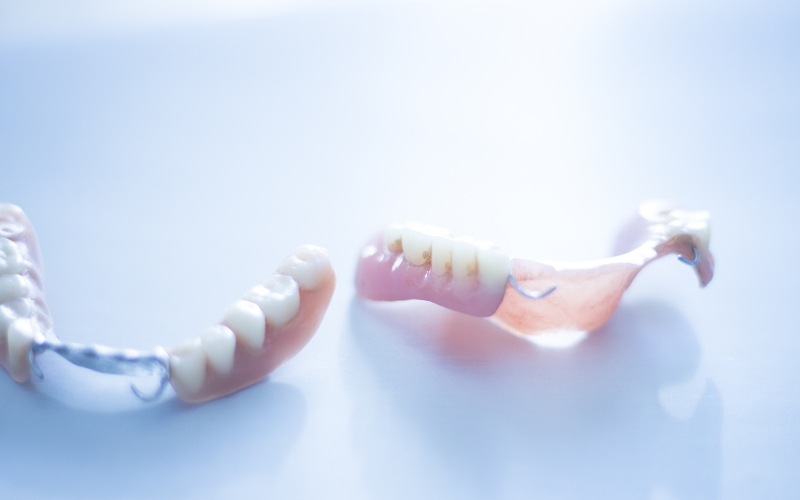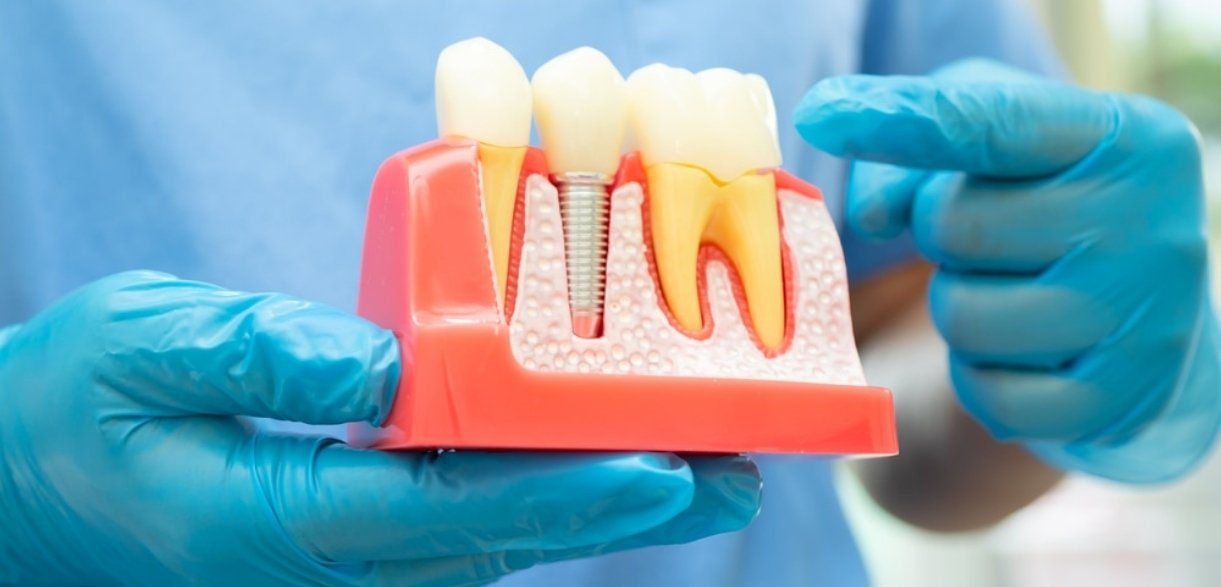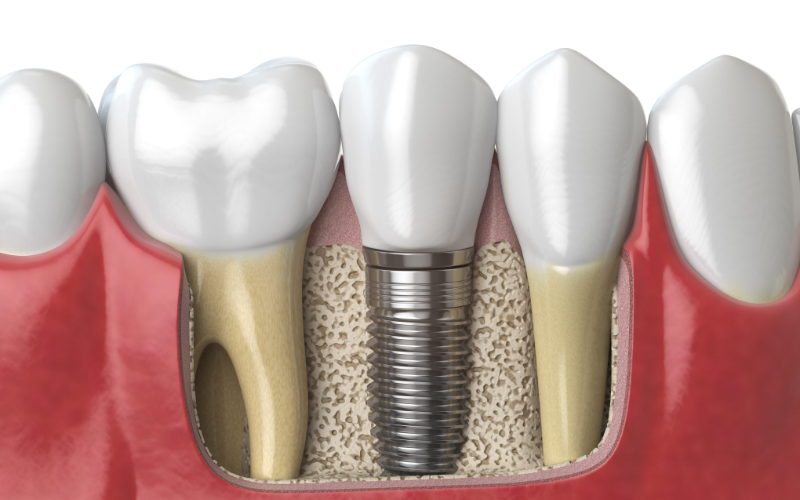BOOK ONLINE

Imagine losing several teeth and struggling with chewing or speaking confidently. For many, this scenario is not just a worry—it is a reality. Thankfully, modern dentistry offers solutions like partial dentures and implants to address these issues. While implants offer a more long-term option by directly affixing prosthetic teeth to the jawbone, partial dentures are detachable devices used to replace lost teeth.
This blog delves into partial dentures, their function, and how they can be placed over implants to improve both comfort and performance. Gaining insight into these dental solutions provides valuable information whether you’re considering your options or just want to learn more.
What is a Partial Denture?
A partial denture, a dental appliance that preserves the natural teeth that are still intact, can be used to replace one or more lost teeth. It helps restore your smile, improve chewing ability, and support the alignment of your remaining teeth. Partial dentures come in two primary varieties: removable and fixed.
- Removable Partial Dentures: You can remove and clean each of these individually. They usually consist of a plastic or metal base with artificial teeth attached. Clasps or metal frames secure the denture to the natural teeth.
- Fixed Partial Dentures (Bridges): These are permanently attached to the natural teeth or implants. They consist of one or more artificial teeth connected to crowns placed over the adjacent natural teeth.
Components of a Partial Denture:
- Base: Made from acrylic or metal, it fits against the gums.
- Artificial Teeth: These replace the missing teeth and blend with natural teeth.
- Clasps: Metal clasps secure the denture to the natural teeth, providing stability and support.
How Partial Dentures Work?
Partial dentures serve a dual purpose: they enhance aesthetics and restore functionality. They support the preservation of face structure, stop the remaining teeth from moving, and enhance communication and biting by closing the spaces created by lost teeth.
Aesthetics and Functionality:
- Aesthetics: To give the look of real teeth, partial dentures are made to match the color and shape of your original teeth.
- Functionality: They allow you to chew food more effectively and speak clearly, reducing the discomfort that missing teeth can cause.
Materials Used:
- Acrylic: Commonly used for the base of removable dentures. It’s lightweight and can be easily adjusted for a comfortable fit.
- Metal: Typically used for the framework of dentures. It provides durability and a secure fit.
- Composite: Sometimes used for artificial teeth due to its strength and natural appearance.
Modern partial dentures are crafted with advanced materials and techniques, ensuring a comfortable and functional fit. Regular adjustments and maintenance help keep the dentures in optimal condition.
Understanding Dental Implants
Dental replacements or implants are a modern solution for replacing missing teeth. They consist of three main components:
- Implant Post: A titanium screw that is surgically placed into the jawbone. It acts as a replacement root for the artificial tooth.
- Abutment: An extension that extends over the gum line and is attached to the implant post.
- Crown: The visible part of the implant, which resembles a natural tooth and is attached to the abutment.
Role in Modern Dentistry: Implants provide a strong foundation for replacement teeth, offering stability and functionality similar to natural teeth. They help preserve jawbone structure and improve overall oral health by preventing bone loss that often accompanies missing teeth.
Fitting Partial Dentures Over Implants
Integration with Implants: Partial dentures can be designed to fit securely over implants. Implants act as anchor points, providing extra stability and support for the denture, which is particularly beneficial for people with multiple missing teeth.
Process:
- Initial Consultation: Your dentist will assess your oral health and determine if you are a good candidate for implants and partial dentures.
- Implant Placement: Surgical placement of the implants into the jawbone. This step requires time for healing and integration with the bone.
- Abutment Placement: Once the implants are stable, abutments are attached.
- Denture Fitting: A custom partial denture is designed and fitted to the abutments. This step ensures that the denture fits comfortably and functions well.
Benefits:
- Improved Stability: Dental implants provide a solid base for partial dentures, reducing movement and discomfort.
- Enhanced Comfort: The secure fit of the denture over implants minimizes sore spots and pressure points.
- Better Functionality: You can chew and speak more effectively with the added support of implants.
Considerations and Benefits
Comfort and Fit: Implant-supported partial dentures offer greater comfort than traditional removable options. The implants hold the denture securely in place, minimizing slipping and sore spots. This provides a more natural feel and function, improving your dental experience overall.
Maintenance: Proper care remains essential for both partial dentures and implants. Regularly clean the denture and maintain oral hygiene around the implants to prevent gum irritation or infection. Your dentist will give detailed cleaning and maintenance instructions.
Longevity: Partial dentures typically last several years with proper care. Implants, on the other hand, can last a lifetime if maintained correctly. Regular dental check-ups and adhering to your dentist’s recommendations are key to extending the lifespan of both implants and dentures. Partial dentures and implants are effective solutions for replacing missing teeth, each offering unique benefits. Combining partial dentures with implants enhances stability, comfort, and function. For a personalized approach to your dental needs, consult a dental professional. They can provide tailored advice and solutions to help you achieve a healthier, more confident smile.






